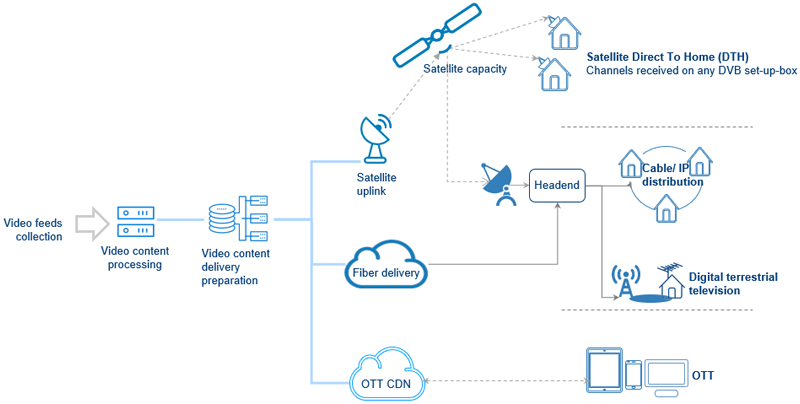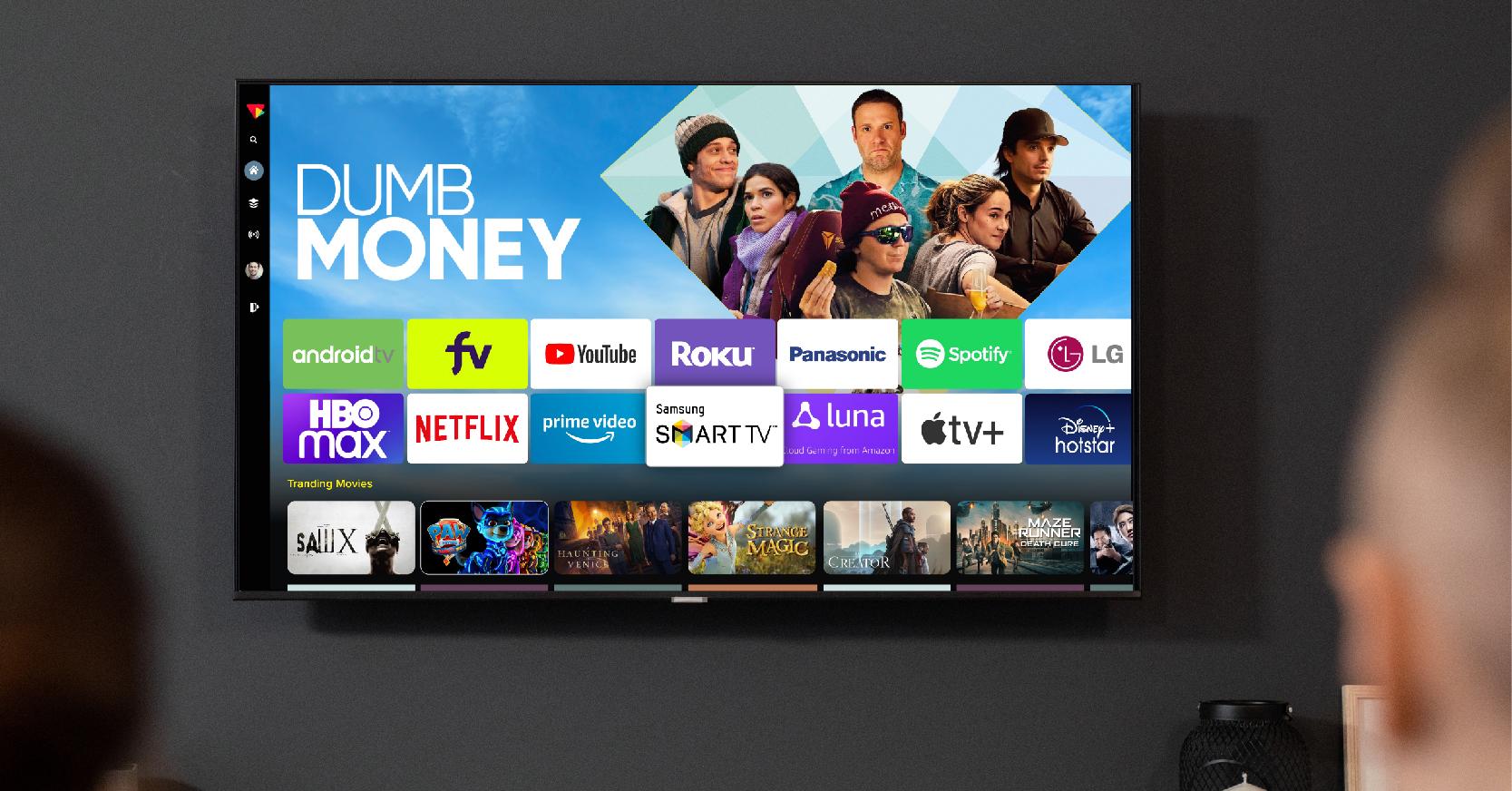More About Apollo Group Tv
More About Apollo Group Tv
Blog Article
Some Known Questions About Apollo Group Tv.
Table of ContentsThe Greatest Guide To Apollo Group TvTop Guidelines Of Apollo Group TvThings about Apollo Group TvAn Unbiased View of Apollo Group Tv
In this scenario, instead than having three-minute business places during a 30-minute television program, TV programs might transform to one where a consumer will be called for to have a month-to-month subscription, to make sure that they cen sight targeted banner ads. This kind of advertising and marketing already occurs on the web, and the quantity of information tv firms gather permits them to do similar.Describe the influence of sponsors on program material. Explain the major trends among the broadcasting and cable networks. When television was in its early stage, manufacturers designed the brand-new tool on radio. Popular radio shows such as police drama Dragnet and western cowboy series Gunsmoke were adjusted for television, and brand-new TV shows were sponsored by solitary marketers, simply as radio programs had been.
Today, the tv sector is much extra complex. Programs are funded by several advertisers; shows is managed by major media conglomerates; and the three major networks no longer control the airwaves yet instead share their viewers with many cord networks. Several aspects account for these trends within the market, consisting of technical developments, federal government policies, and the production of new networks.

The smart Trick of Apollo Group Tv That Nobody is Discussing
Established in 1969, (PBS) created out of a report by the Carnegie Compensation on Educational Tv, which analyzed the duty of educational, noncommercial tv on culture. Public tv was also meant to give universal access to tv for visitors in rural areas or customers that could not afford to pay for personal tv solutions.
The period between 1950 and 1970 is historically identified as the. In addition to a small part of airtime managed by public tv, the 3 significant networks (known as the Big Three) dominated the tv market, jointly making up greater than 95 percent of prime-time viewing. In 1986, Rupert Murdoch, the head of multinational business Information Corp, introduced the Fox network, testing the prominence of the Big Three.
Targeting young and minority audiences with programs such as Buffy the Vampire Killer, Moesha, Dawson's Creek, and The Wayans Bros., the new networks intended to attract terminals far from their old network affiliations. However, rather than repeating the success of Fox, UPN and WB struggled to make an effect. Unable to attract numerous affiliate stations, the two new networks reached less homes than their larger competitors since they were impossible in some smaller sized cities.
This choice led the way for the advancement of wire flick networks, adding to the exponential growth click here for more info of cable television in the 1980s and 1990s. apollo tv. More deregulation of cord in the 1984 Cable Television Communications Policy Act removed restrictions on wire rates, allowing operators to bill what they desired for cable services as long as there worked competitors to the service (a standard that over 90 percent of all cable markets can fulfill)
The Best Strategy To Use For Apollo Group Tv

Having produced the initial "superstation," Turner broadened his world by founding 24-hour news network CNN in 1980. At the end of the year, 28 nationwide shows solutions were readily available, and the cable television change had actually started. Over the following years, the industry underwent a period of fast development and popularity, and by 1994 audiences might pick from 94 fundamental and 20 costs wire services.
Figure 9 - https://fliphtml5.com/homepage/kjoln.16 Enhanced competition from cord networks has triggered a constant decline in the networks' target market ratings. During the 1950s, the expense of generating a solitary television program increased as programs became much longer and manufacturing costs skyrocketed. Sponsorship on network tv changed from single sponsorship, in which a program was completely sustained and generated by one marketer, to multiple sponsorship, in which advertisers got 1- or 2-minute places on the program
Each response ought to be a minimum of one paragraph. Select among the Big Four networks and print out its weekly programming schedule. Enjoy the network's prime-time programs throughout a week, noting the target demographic for each show. Observe the advertising and marketing sponsors that support each program and contrast just how the items and services fit with the intended audience.
Fascination About Apollo Group Tv

Direct TV, often referred to as traditional broadcast television, incorporates wire and satellite television. It's called "linear" because material adheres to a fixed shows schedule, unlike on-demand content which the individual visitor chooses to view based upon their very own choices and schedule. So, when you ask, "What is linear TV?", think about it as the traditional method of viewing TV that has been around for decades.
Report this page